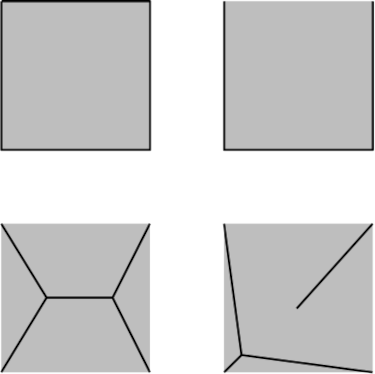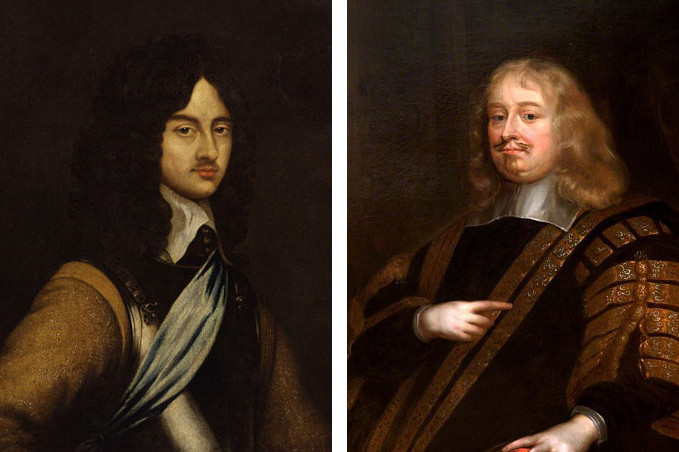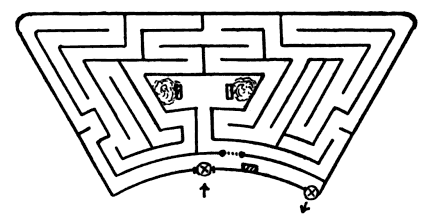NBC’s Today Show had a surprising guest in 1959: G. Clifford Prout Jr., president of the Society for Indecency to Naked Animals, an activist group that hoped to clothe “any dog, cat, horse or cow that stands higher than 4 inches or longer than 6 inches.” Prout’s bizarre cause earned him regular media attention, and the society’s newsletter published this anthem:
High on the wings of SINA / we fight for the future now;
Let’s clothe every pet and animal / whether dog, cat, horse or cow!
G. Clifford Prout, our President / he works for you and me,
So clothe all your pets and join the march / for worldwide Decency!
S.I.N.A., that’s our call / all for one and one for all.
Hoist our flag for all to see / waving for Morality.
Onward we strive together / stronger in every way,
All mankind and his animal friends / for SINA, S-I-N-A!
Of course it didn’t last. When Walter Cronkite interviewed Prout in 1962, one of his staff realized he was really actor and screenwriter Buck Henry. The hoax had been masterminded by serial prankster Alan Abel. “When Cronkite eventually found out that he’d been conned, and I was the guy behind it, he called me up,” Abel recalled. “I’d never heard him that angry on TV — not about Hitler, Saddam Hussein, or Fidel Castro. He was furious with me.”



